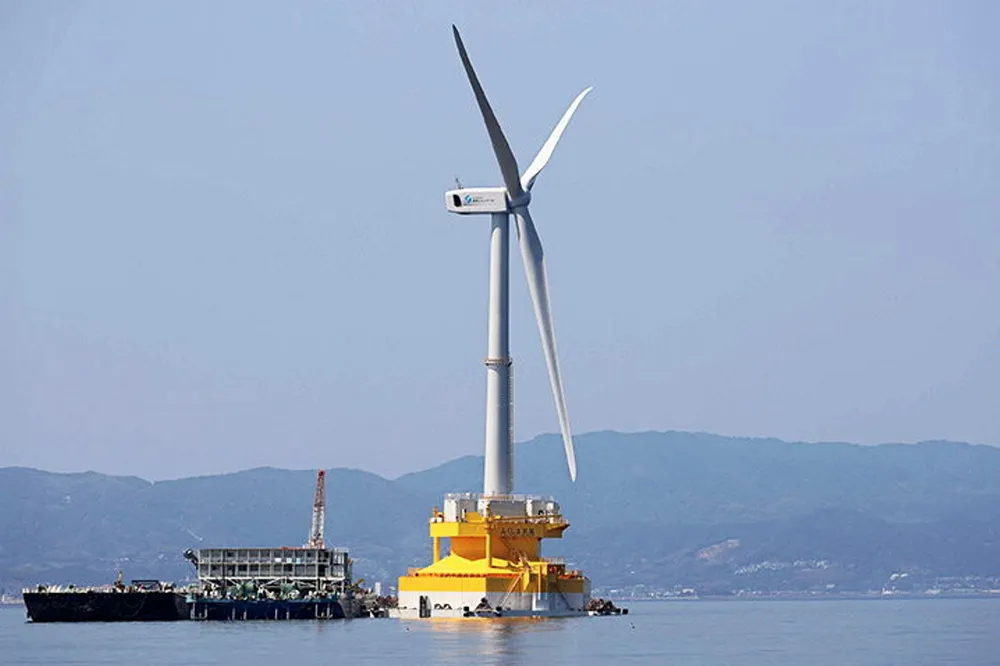Japanese giants win floating wind pilot funding
Selection by Japan's New Energy and Industrial Technology Development Organisation opens the way to funding under the country's Green Innovation Fund

Two Japanese groups have won approval for their respective floating wind pilot projects under a funding scheme managed by the country's research and development agency .
The first project, led by an offshore wind subsidiary of the Marubeni Corporation, will feature two floating wind turbines of at least 15MW each installed on semi-submersible foundations off the coast of Akita prefecture.
Partners on the project led by Marubeni Offshore Wind Development include conceptual developer Japan Marine, plus Tohoku Electric Power, Akita Southern Offshore Floating Offshore Wind Corporation among others.
In a statement, Marubeni said the floating offshore wind turbines will be installed in waters around 400-metres deep off the southern coast of Akita Prefecture.
The project will run from July 2024 to March 2031, with commercial operation to start in the second half of 2029.
Marubeni already participates in demonstration projects for floating offshore wind in Fukushima and Kitakyushu, and in 2022 secured seabed leasing rights in Scotland for the development of the 3.6GW Ossian floating wind project, in partnership with SSE and Copenhagen Infrastructure Partners (CIP).
By joining the funding project managed by Japan's New Energy and Industrial Technology Development Organisation (NEDO), Marubeni said it aims to advance research and development that will contribute to reducing the costs of floating wind and help build a supply chain to accelerate the adoption of floating wind.
The second project will see a single 15+MW wind turbine installed off the coast of Toyohashi using a hybrid semi-submersible hull.
Consortium members C-Tech Corporation, Hitachi Zosen, Kajima Corporation, Hokutaku Corporation, and Mitsui OSK Lines. Some of these companies, too, have participated in Japan's earlier floating wind pilots.
In a statement, Mitsui OSK Lines noted that offshore wind power holds one of the keys to make renewable energy one of Japan's main sources of electricity.
"While the cost of offshore wind power generation in Japan is high compared to other countries, Japan has less shallow area, so it is said that there is more room for floating offshore wind than bottom fixed. Therefore, the cost of offshore wind power, particularly floating offshore wind, needs to be reduced as quickly as possible to promote its adoption," the company stated.
"The five companies will initiate this project after completing the grant procedure with NEDO, and then engage in technological development aimed at rapid cost reduction and expanded adoption of floating offshore wind power," it continued
The Japanese government has announced its policy to introduce renewable energy to the greatest extent possible to achieve "carbon neutrality by 2050. It aims to have 10GW of fixed or floating offshore wind allocated by 2030 and up to 45GW by 2040.
NEDO’s 'Cost Reductions of Offshore Wind Power Generation' project aims to establish the technologies needed to be able to commercialise floating wind at an internationally competitive cost level by 2030.
(Copyright)